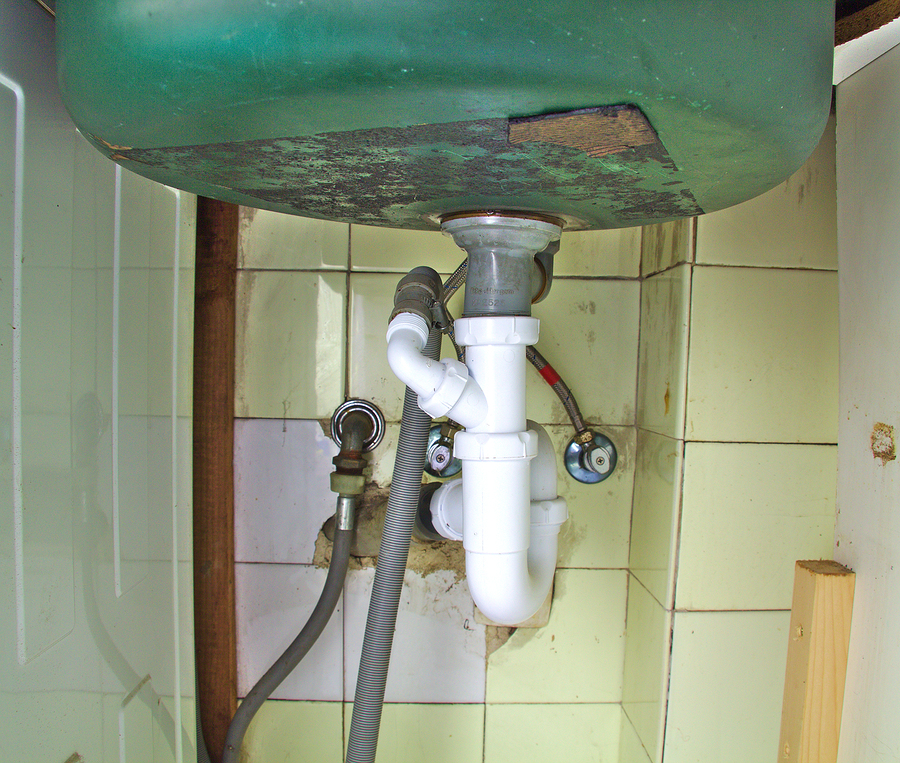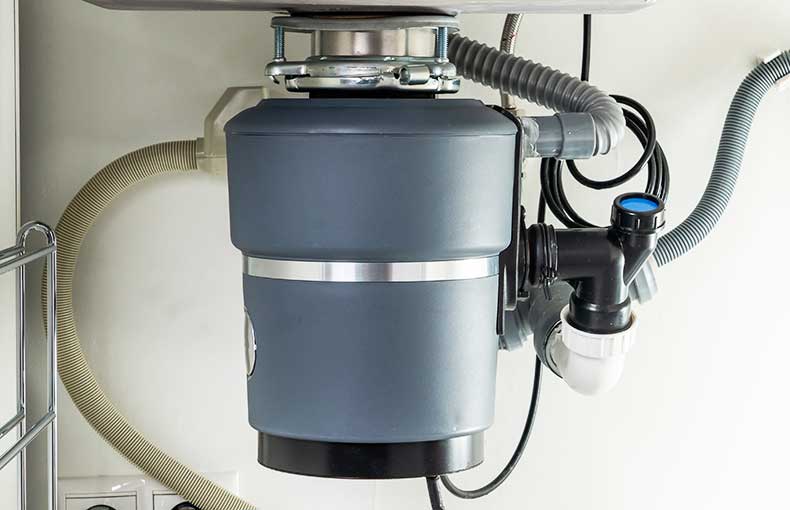Rapid Solutions for Fixing a Dripping Waste Disposal Unit
Rapid Solutions for Fixing a Dripping Waste Disposal Unit
Blog Article
The writer is making several good pointers about Why Is in general in this great article followed below.

Waste disposal unit are important kitchen devices that assist in dealing with food waste successfully. Nevertheless, a dripping waste disposal unit can be an aggravating and untidy issue to deal with. Thankfully, lots of leakages can be dealt with easily with a few easy actions. In this short article, we will review exactly how to fix a leaking waste disposal unit successfully.
Intro
Garbage disposals are mounted under kitchen sinks and are designed to shred food waste into smaller sized items, allowing it to go through the plumbing system conveniently. While these tools are generally trustworthy, leakages can occur over time due to deterioration, loose connections, or damage to the unit.
Common Reasons For Leakages in Rubbish Disposals
Worn Seals and Gaskets
Seals and gaskets play a critical duty in protecting against water from dripping out of the waste disposal unit. In time, these components can deteriorate, bring about leaks around the disposal device.
Loose Connections
The connections in between the garbage disposal and the pipes system can end up being loose gradually, causing water to leakage out during operation.
Splits or Holes in the Disposal Device
Physical damage to the waste disposal unit, such as cracks or holes in the housing, can likewise cause leakages.
Identifying the Source of the Leakage
Before attempting to deal with a leaking waste disposal unit, it is vital to determine the resource of the leak. This can normally be done through aesthetic inspection or by carrying out simple tests.
Visual Assessment
Evaluate the garbage disposal unit thoroughly for any type of indicators of water leak. Pay close attention to areas around seals, gaskets, and connection points.
Testing for Leaks
One way to evaluate for leaks is by running water through the disposal system and looking for any type of visible indicators of leakage.
Devices and Products Needed for Dealing With a Dripping Waste Disposal Unit
Before beginning the repair service process, gather the essential devices and materials, including a screwdriver, flexible wrench, plumbing professional's putty, substitute seals or gaskets, and epoxy or patching material for repairing splits or openings.
Step-by-Step Guide to Dealing With a Dripping Garbage Disposal
Switch off the Power
Before trying any type of repairs, make sure that the power to the garbage disposal device is shut off to stop the danger of electrical shock.
Locate the Leakage
Identify the precise area of the leak and establish the cause.
Tighten up Links
Use a wrench to tighten any kind of loose connections in between the disposal device and the plumbing system.
Replace Seals or Gaskets
If the leakage results from worn seals or gaskets, eliminate the old elements and change them with brand-new ones.
Patching Splits or Holes
For cracks or holes in the disposal system, usage epoxy or an ideal patching product to secure the broken area.
Examining the Waste Disposal Unit After Repair
When the fixing is complete, examine the garbage disposal by running water with it to ensure that the leakage has actually been fixed.
Preventive Upkeep Tips to Prevent Future Leaks
To stop future leakages, it is vital to execute routine upkeep on your garbage disposal. This includes keeping it tidy, preventing putting non-food things or difficult objects down the disposal, and occasionally checking for leakages or other problems.
Conclusion
To conclude, repairing a dripping garbage disposal is a reasonably simple procedure that can be completed with standard tools and products. By adhering to the steps laid out in this short article and exercising preventive maintenance, you can maintain your waste disposal unit in good working condition and prevent pricey repairs in the future.
HERE’S HOW TO FIX YOUR GARBAGE DISPOSAL
WHAT TO DO IF SOMETHING IS STUCK IN YOUR GARBAGE DISPOSAL
If the impeller won’t turn, there’s probably something stuck in the disposal. It could be a steak bone or peach pit, although plumbers report pulling all sorts of inappropriate objects out of disposals, such as bottle caps or aluminum foil. Make sure power to the disposal is off, and look inside to see if you can see the source of the jam.
Never stick your fingers in a disposal. Pull out anything you see with tongs or pliers.
If the disposal still won’t work, it may be time to call a plumber or consider buying a new disposal. GEM Plumbing & Heating is here for all of your garbage disposal needs.
WHAT TO DO IF YOUR GARBAGE DISPOSAL DRAIN IS CLOGGED
Take everything out from underneath your sink and put a bucket or other container under your disposal to catch any water that drains out. Disconnect your disposal from the power supply. If it’s plugged into a wall outlet, unplug it. If it’s hardwired into an electrical box, go to the electrical panel and turn off the breaker for the disposal. Pour ¼ cup of baking soda into the drain, followed by ½ cup of white vinegar. Give the solution a few minutes to fizz and do its work. Look into the disposal with a flashlight to see if you can see an object that might be causing the clog. If you see it, remove it using tongs or pliers. MORE TIPS ON DEALING WITH A CLOGGED GARBAGE DISPOSAL
Never use drain cleaner in a garbage disposal. It can damage the plastic parts inside the disposal. You can also be splashed with the caustic liquid while working to clear the clog. Beware! Never stick your fingers into a garbage disposal. Trust us — not a good idea. In many instances, your dishwasher drains through your garbage disposal. This allows the disposal to grind any large food particles that may be drained out of your dishwasher. There are some jurisdictions, however, where the plumbing code prohibits such a connection. WHAT TO DO WHEN YOUR DISHWASHER DRAINS THROUGH THE DISPOSAL
Run some water in the sink so your plunger has at least a ½-inch of water to create a seal and plunge vigorously up and down several times. You may need to repeat this several times. Run hot water down the drain to clear any residue that remains.

Do you appreciate reading up on Why Is ? Put a short review down the page. We'd be pleased to find out your thinking about this post. We are looking forward that you visit us again before long. Do you know about another individual who is fascinated about the topic? Be sure share it. Thanks so much for your time invested reading it.
Click Here Report this page